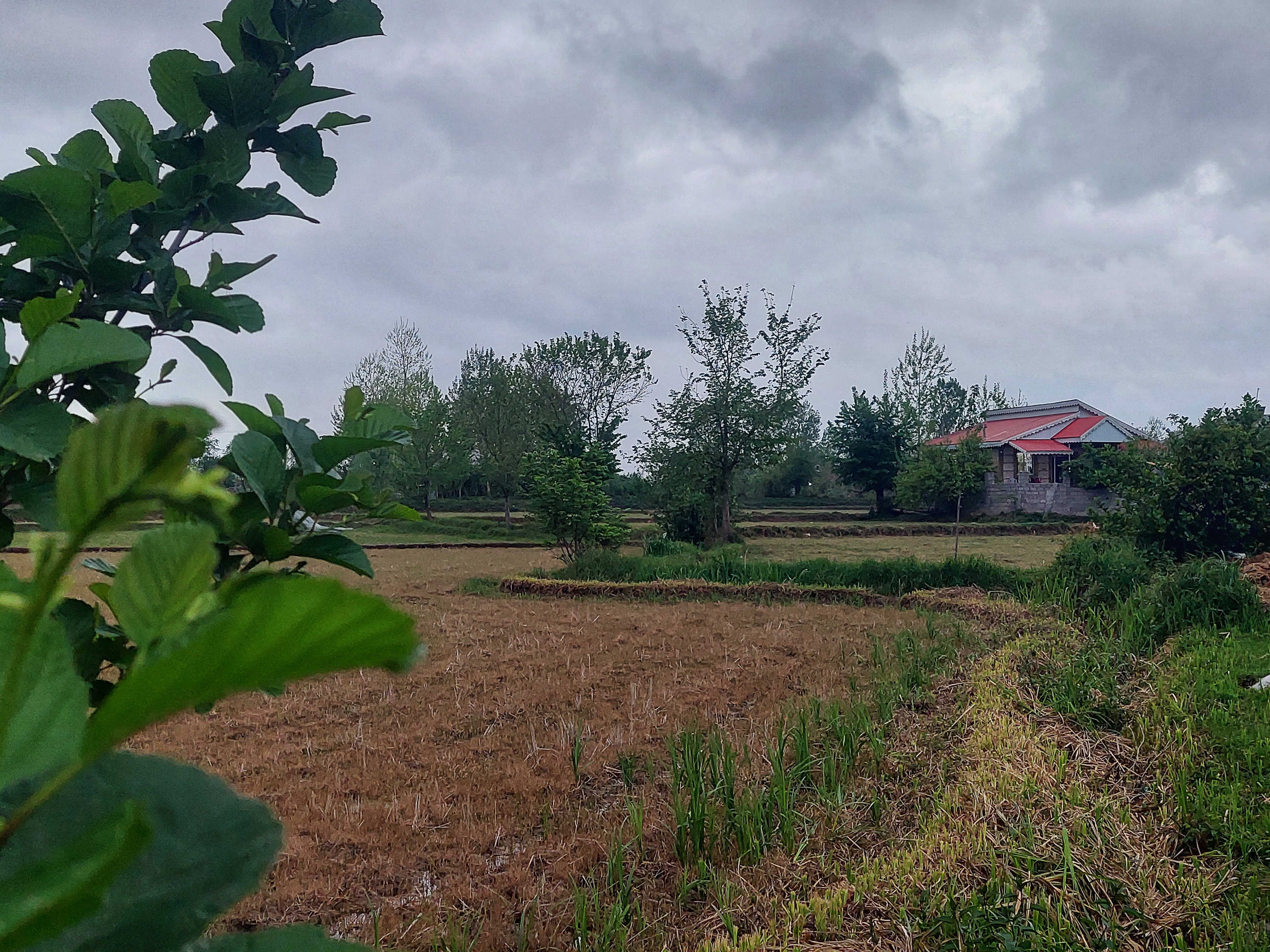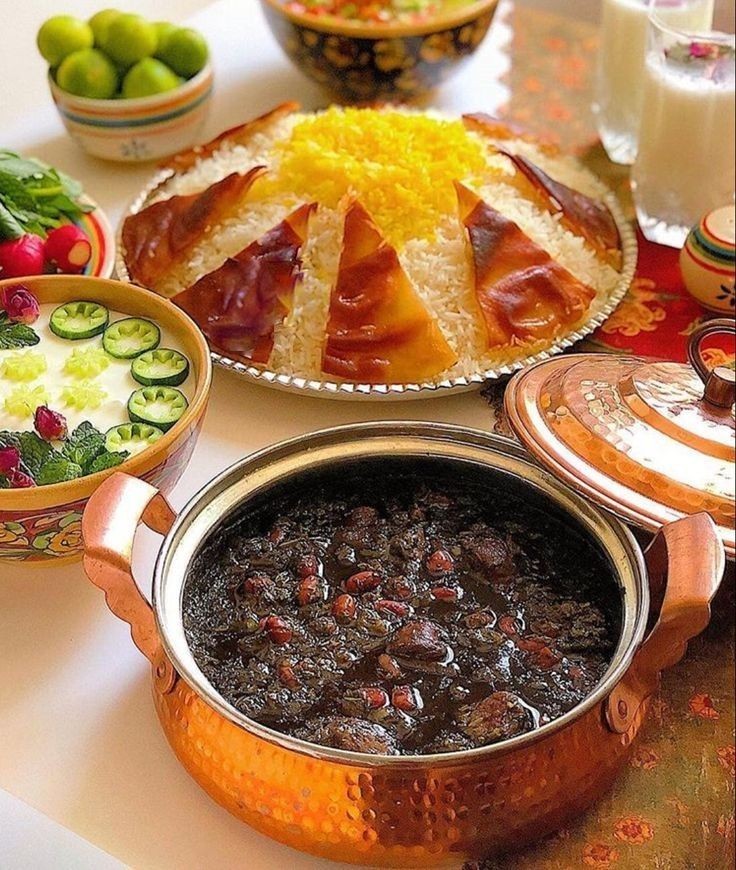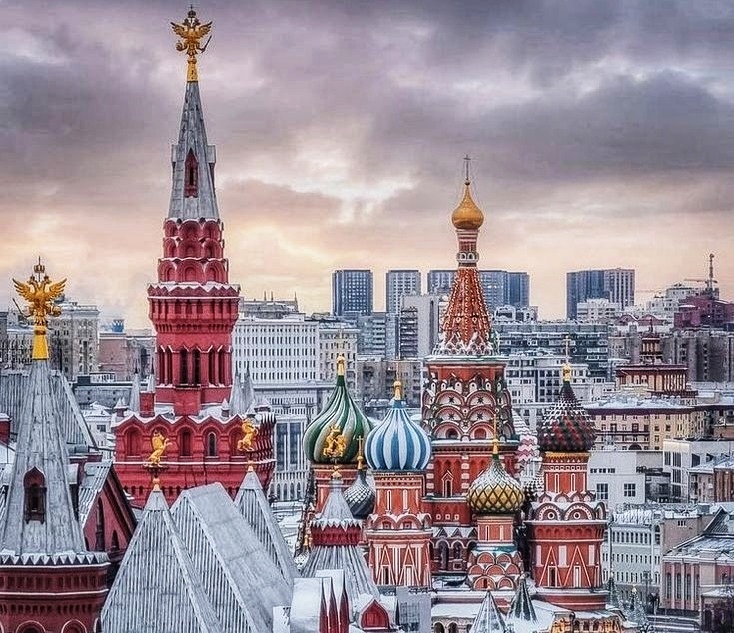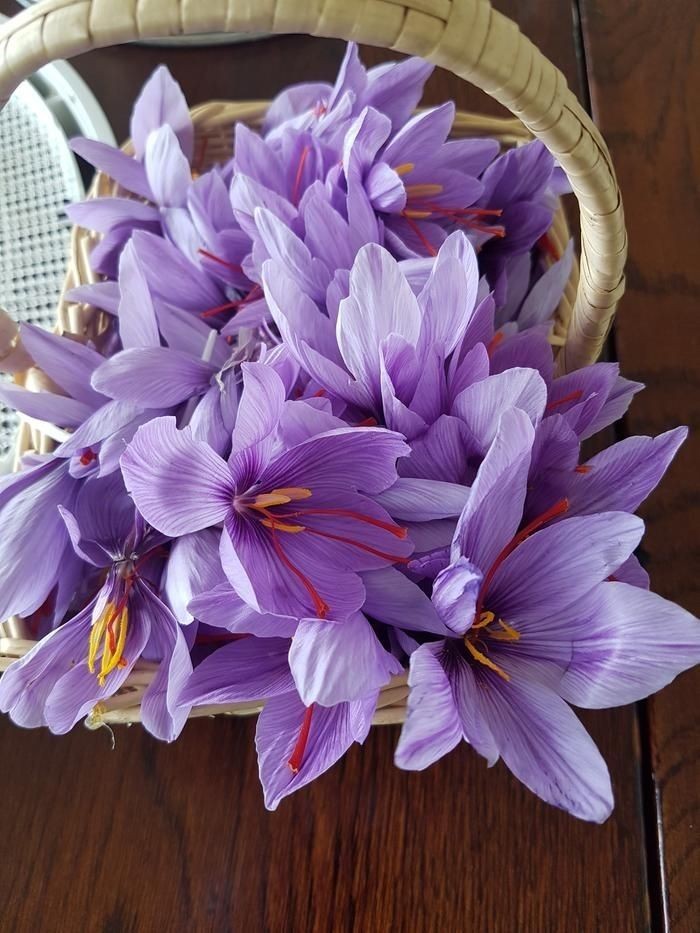Categories
The latest content
-

Comprehensive Guide to the CIF Price and Market Trends of Iranian Super Negin Saffron in Germany (2025)
..
-

From Seed to Sip; The Journey of Iranian Tea in Lahijan
..
-

The History of Rice Farming in Gilan: From Ancient Traditions to Modern Times
..
-

Unlocking the Market Potential of Iranian Hashemi Rice in Qatar; An In-depth Look at Market Trends, Wholesale Pricing, and Consumer Preferences
..

Tags
Iranian Black Tea in Russia: Wholesale Pricing, Market Trends & Consumer Preferences (2025)

Iranian black tea, with its distinctive aroma, rich taste, and natural cultivation methods, is becoming increasingly popular in international markets. One of the most promising destinations for this authentic product is Russia, a country with deep-rooted tea-drinking traditions and a growing appetite for premium, health-conscious choices.
This article explores the wholesale pricing, market dynamics, and consumer behavior related to Iranian black tea in Russia, offering valuable insights for suppliers, importers, and wholesalers aiming to enter or expand in this evolving market.
1. Wholesale Pricing of Iranian Black Tea in Russia
As of early 2025, the average wholesale price of black tea in Russia ranges from $6.67 to $15.36 per kilogram. These prices are influenced by:
• Grade and quality of the tea (e.g., broken vs. whole leaf)
• Packaging (bulk vs. retail-ready)
• Processing standards
• Brand reputation
• Logistics and customs tariffs
Iranian black tea typically falls on the mid to premium end of this price spectrum, thanks to its pesticide-free cultivation, handpicked leaves, and traditional withering and rolling techniques. The lack of artificial color and flavoring adds to its appeal among Russian consumers looking for more natural and clean-label products.
2. Market Trends: A Rising Wave of Tea Culture in Russia
Russia has long been one of the largest tea-consuming nations globally, with black tea being the dominant category. In recent years, however, the market has experienced notable shifts in trends and consumption patterns:
Growth Forecast
• The Russian black tea market is projected to grow from $2.03 billion in 2023 to over $2.55 billion by 2029, registering a Compound Annual Growth Rate (CAGR) of 3.9%.
• This growth is fueled by rising disposable income, expanding health awareness, and a cultural return to traditional products.
Key Trends
• Health-Conscious Consumption: A noticeable shift toward natural, organic, and antioxidant-rich teas is evident. Iranian tea, being free from pesticides and additives, aligns perfectly with this trend.
• Premiumization: Russian consumers are becoming more selective, willing to pay a premium for single-origin, artisanal, and heritage-brand teas.
• Sustainability: There's an increasing focus on environmentally responsible sourcing and fair trade partnerships, both of which are opportunities for Iranian tea brands with transparent supply chains.
• Direct-from-Origin Appeal: Russian tea importers are seeking more direct relationships with producers to ensure product quality and reduce costs. This opens the door for Iranian exporters to work without intermediaries.
3. Consumer Preferences: What Russians Want
According to data from Statista and local surveys:
• 80% of Russian tea drinkers prefer black tea over green or herbal varieties.
• There is a growing preference for traditional brewing methods, particularly loose-leaf tea, which Iranian tea supports well.
• Packaging preferences vary, but many consumers associate bulk tea in 500g to 1kg packages with higher quality and better value.
• Taste expectations include a rich, bold flavor, a deep amber color when brewed, and a natural aftertaste—qualities that Iranian Lahijan and Gilan teas are known for.
4. Opportunities for Iranian Tea Exporters
The Russian market presents multiple opportunities for Iranian tea producers and exporters:
• Expand wholesale partnerships with importers, cafes, and specialty stores in cities like Moscow, Saint Petersburg, and Kazan.
• Leverage Iran’s tea story: Highlight the heritage, climate, handpicking traditions, and eco-friendly cultivation.
• Position for health and wellness: Promote antioxidant benefits, digestive health properties, and zero-chemical farming methods.
• Use storytelling and video marketing: Russian consumers respond well to authenticity—videos from farms in Lahijan or behind-the-scenes at local factories can build trust and create brand loyalty.
• Enter eCommerce platforms such as Ozon, Wildberries, and Russian Instagram/Facebook pages to reach younger demographics.
Final Thoughts
As the Russian tea market continues to evolve, Iranian black tea has a real chance to stand out—not as a cheap bulk commodity, but as a premium, culturally rich, and health-conscious choice. By staying tuned to market trends, investing in packaging and storytelling, and building direct relationships with buyers, Iranian producers can secure a powerful position in one of the world’s most tea-obsessed countries.
Let’s connect! We help tea farmers connect directly with international wholesalers and importers.



